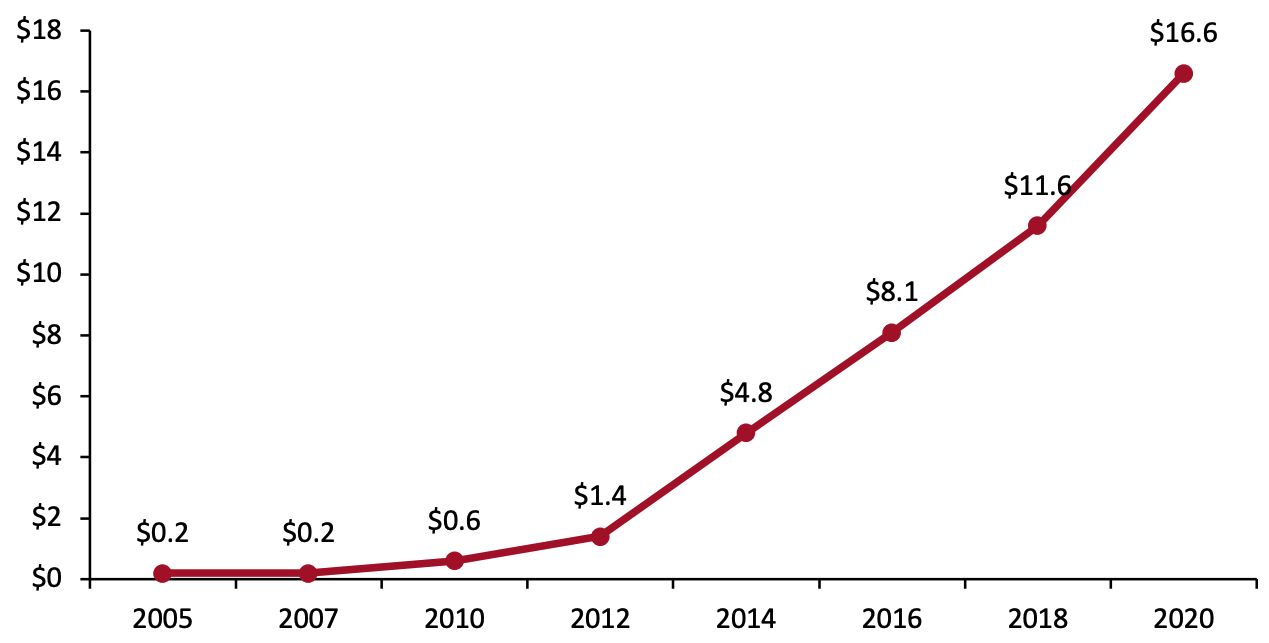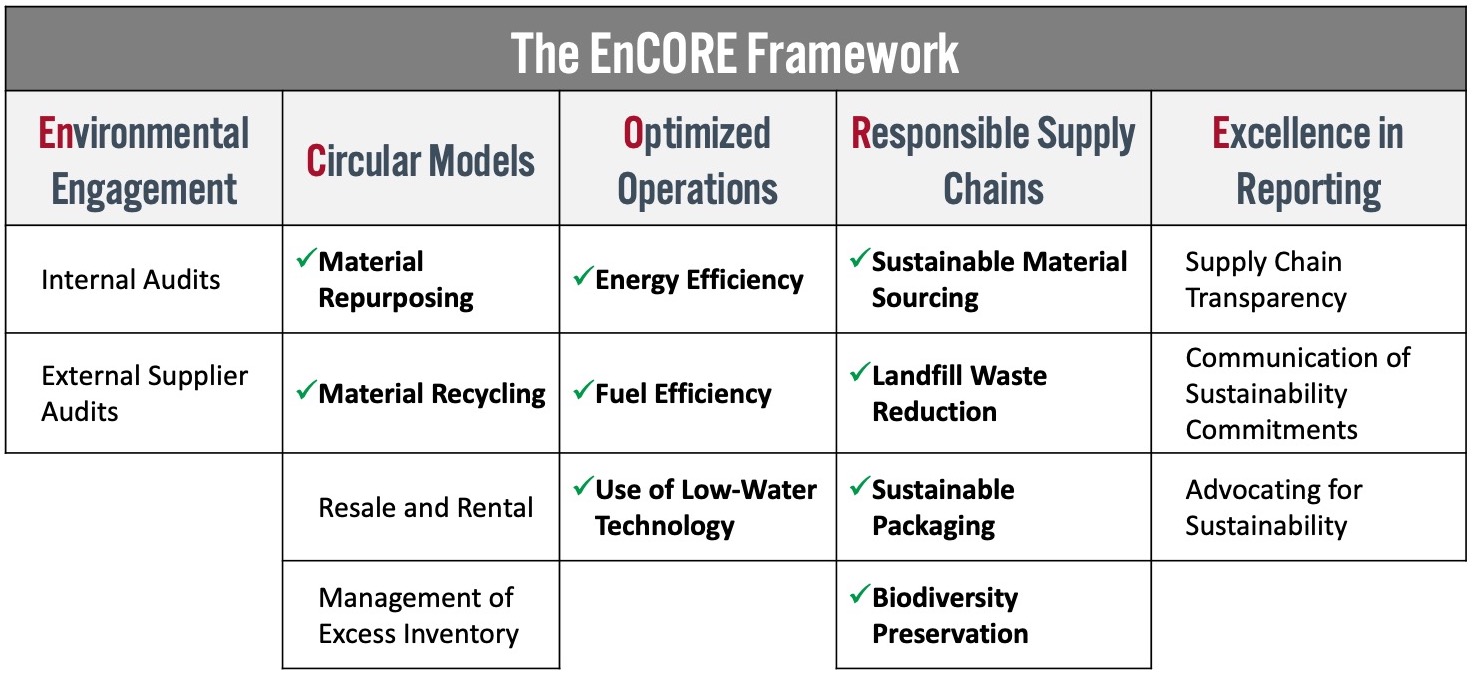
Nitheesh NH
What’s the Story?
With less than a decade to achieve the 2030 Sustainable Development Goals (SDGs) of the United Nations (UN), action against climate change (SDG #13) is taking center stage among governments and corporations globally. For example, the US recently rejoined the Paris Agreement, an international treaty that was first adopted in 2015 and falls within the UN Framework Convention on Climate Change. It unites around 190 countries (as of 2021) in a commitment to combat climate change and decarbonize the global economy. The agreement sets out a framework to limit the global average temperature increase to “well below 2.0°C” and to achieve net-zero emissions by around 2050. However, reaching zero emissions by 2050 will require more than efforts from governments; it will need a collective effort from businesses across multiple market segments globally. The Race To Zero campaign, launched by the UN in 2019, represents about 12% of the global economy, with companies having a combined revenue of $9.8 trillion—23 regions, 454 cities, 1,397 companies, 569 universities and 74 investors have all joined in the fight against climate change, according to the UN.Why It Matters
Globally, a growing cohort of stakeholders in retail are prioritizing climate change—or more broadly, environmental sustainability—as can be seen in investment choices, purchase decisions and workplace preferences:- Investors are demanding that retailers address environmental, social and governance (ESG) considerations and are transparent with their ESG goals and progress.
- Consumers expect retailers to take action against climate change—such as by offering sustainable products, implementing solar-powered lighting and operating electronic vehicles—and to be transparent while doing so.
- Retail employees want to work for firms that embrace their own personal values, including on sustainability. Consumers are also driving focus on climate change impacts in retail. According to a US consumer survey conducted by Blue Yonder and Coresight Research in January 2021, 65.6% of respondents said that a retailer’s or brand’s environmental sustainability initiatives were important to them when choosing where to purchase clothing or footwear.
Climate Change: In Detail
A New Paradigm: Co-operation Between Governments and Businesses Governments play an important role in driving behavior across businesses and consumers with regulation, tax policy and public sector funding. In the US, the White House has put climate change at the center of US foreign policy and national security. In January 2021, President Biden re-entered the US into the Paris Agreement, signaling his intention to start the rebuilding of the nation’s climate policy just hours after his inauguration as the 46th US President. In addition, President Biden’s recent executive order on tackling climate change tasks his team with developing a climate finance plan within 90 days, aiming to promote the flow of capital toward climate-aligned investments and away from high-carbon investments. The efforts under the Biden administration to tackle climate change span around 21 agencies/offices and involve the creation of a National Climate Task Force. The “Executive Order on Tackling the Climate Crisis at Home and Abroad” states the following:“Together, we must combat the climate crisis with bold, progressive action that combines the full capacity of the Federal Government with efforts from every corner of our nation, every level of government and every sector of our economy.”
We could see the US further accelerate efforts on tackling climate change at the corporate level, based on Biden’s campaign policies—which include requiring that companies disclose their climate risks and emission levels. Meanwhile, on a global scale, the Task Force on Climate-Related Financial Disclosures (TCFD), established by the Financial Stability Board in 2017, has developed recommendations for effective climate-related disclosures that support informed investing and underwriting while helping stakeholders to better understand the risks associated with climate change. According to the TCFD, it is “committed to market transparency and stability” and believes that “better information will allow companies to incorporate climate-related risks and opportunities into their risk management and strategic planning processes.” This means that companies and investors should gain a deeper understanding of the financial implications associated with climate change, leading them to invest in sustainable solutions and business models. Economic sustainability must be integral to a business’s strategy in order to make meaningful change in its effort to reduce its GHGs—including through the supply chain. New business models would need to be informed by longer-term metrics, such as return on investments (ROIs) considered over three- to five-year time spans, ending the short-term earnings myopia. Major Retailers Focus on Addressing Climate Change With the global pandemic revealing the fragility of business and supply chain operations, many retailers are rethinking ESG and adopting practices that contribute to a more sustainable business. Many large retailers began this process decades ago and have started to reap benefits. Amazon Amazon and Global Optimism (an enterprise that inspires action on climate change) co-founded The Climate Pledge in 2019, a commitment to reach the Paris Agreement 10 years early and achieve net-zero carbon emissions by 2040. As of December 2020, the pledge had 31 signatories, including Best Buy, Microsoft, Siemens, Unilever and Verizon. Having begun its net-zero commitment in 2016, Amazon is working to reduce emissions across its operations and power its operations with 100% renewable energy by 2025; deliver its Shipment Zero vision to make all shipments net-zero carbon by 2040, with 50% net-zero carbon by 2030; and purchasing 100,000 electric delivery vehicles, the largest order of electric delivery vehicles ever seen. Furthermore, Amazon announced The Climate Pledge Fund in June 2020, which is a dedicated venture investment program with an initial $2 billion in funding that will invest in visionary companies whose product and service solutions will facilitate the transition to a low-carbon economy. True to its mission to be “the Earth’s most customer-centric company,” Amazon is committed to making it easier for customers to participate in mitigating climate change. Its “Climate Pledge Friendly” label on products signifies sustainable products, based on one or more sustainable certifications. Programs for recycling boxes, sales of refurbished products and trade-ins are supported on the Amazon Second Chance digital platform. LVMH The creation of the LIFE (LVMH Initiatives For the Environment) program in 2012 made sustainable development integral to the strategic business plans of all LVMH Maisons. LIFE 360 is the luxury retail firm’s new environmental roadmap to 2030. In 2019, LVMH reduced its CO2 emissions by 9%, driven by a 20% reduction in its Selective Retailing group, according to the company. In the same year, 91% of waste was recycled or converted into energy. By 2025, LVMH is committed to reaching 100% renewable energy in its production and logistics sites; 100% LED lighting in its stores; a 25% reduction in CO2 emissions related to energy consumption; and increased product sustainability through new packaging standards and recycling. Macy’s Macy’s reduced its GHG emissions by 14% between 2010 and 2018 by reducing its energy consumption through LED lighting. Its current sustainability efforts include standardizing the size of packing cartons and minimizing its packaging materials, as well as recycling cardboard, plastic films, hangers, metal fixtures and wooden pallets. The company also reuses/refurbishes store fixtures. Walmart Walmart introduced Project Gigaton in 2017, an initiative that aims to eliminate 1 billion metric tons (a gigaton) of GHGs from its global value chain by 2030. In its 2020 annual report, Walmart reported that 200 million-plus metric tons of emissions had been avoided by more than 2,300 suppliers. Investors For investors, assessing ESG risks at every stage of the investment process can have a positive influence on business activities. Allocating capital into sustainable practices is helping to tackle climate change, and investors are becoming increasingly aware of this. According to the US SIF Foundation: The Forum for Sustainable and Responsible Investment, “assets under management using sustainable investing strategies” grew from $12.0 trillion at the start of 2018 in the US to $17.1 trillion at the start of 2020, implying a 42% increase. The US SIF Foundation’s 2020 report on the impact of sustainable and responsible investment states that US assets at the beginning of 2020 held by institutional investors, money managers and community investment institutions that practice “ESG incorporation” (applying various ESG criteria in their investment analysis and portfolio selection) totaled $16.6 trillion at the beginning of 2020 (see Figure 1). Figure 1: US Assets Held by Investors That Practice ESG Incorporation (USD Tril.) [caption id="attachment_124107" align="aligncenter" width="720"] Source: US SIF Foundation[/caption]
Source: US SIF Foundation[/caption]
What We Think
We expect to see progress on the climate change front in 2021, propelled by heightened expectations from consumers and investors as well as the actions taken by the Biden administration in the US. Coresight Research’s EnCORE framework for environmental sustainability in retail serves as a guide to help retailers and brands frame their approach to sustainability. The framework comprises five components (see Figure 2): Environmental engagement, circular models, optimized operations, responsible supply chains and excellence in reporting and communication. Three of these elements are particularly salient in addressing climate change issues:- Circular models. Retailers that adopt circular models can minimize the environmental impact of their products and maximize the recirculation of materials back into use. Retailers should look to incorporating reusability early in the production process and create end-of-life programs for products. Such efforts can include recommerce, recycling, upcycling and recovery programs that reuse or repurpose products—often deconstructed and incorporated back into the production cycle.
- Optimized operations. Using a more resource-efficient infrastructure with a decarbonization focus throughout the entire lifecycle cuts resource use and reduces a retailer’s environmental impact. Adopting energy and fuel-efficient measures and using low-water technology have positive impacts in combating climate change.
- Responsible supply chains. A responsible supply chain is a key part of any retailer’s sustainability strategy. This value chain has significant impacts on the environment, especially on climate change. Retailers should look to implement less-resource-intensive processes, more responsible sourcing, enhanced raw-material traceability and greater overall transparency for the consumer. There are three key ways in which retailers can take impactful action to reduce GHGs: utilizing sustainable materials in the production process; reducing landfill waste and making extensive efforts to reach zero-waste designation across the entire supply chain; and using sustainable packaging.
 Source: Coresight Research[/caption]
Coresight Research considers environmental sustainability as an area where competitors should join forces and share best practices for achieving reduced emissions and cleaning up the planet.
Source: Coresight Research[/caption]
Coresight Research considers environmental sustainability as an area where competitors should join forces and share best practices for achieving reduced emissions and cleaning up the planet.